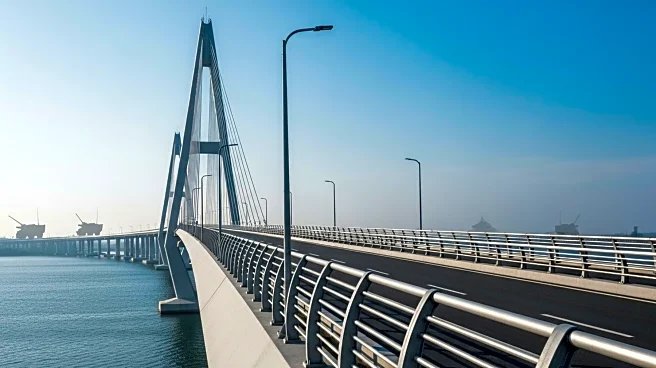What's Happening?
NATO's new defense spending framework, requiring 5% of GDP by 2035, has led to controversy over infrastructure classification as 'defense-related.' Italy's €13.5 billion Sicily Bridge project is proposed as a dual-use infrastructure to meet NATO's 1.5% target for defense-related projects. Critics argue the bridge primarily serves economic development rather than defense, raising concerns about fiscal sustainability and environmental impact. The project exemplifies the tension between strategic ambition and fiscal accountability within NATO's spending guidelines.
Why It's Important?
The classification of infrastructure projects as defense spending has significant implications for NATO member countries' budgets and strategic priorities. Italy's Sicily Bridge project highlights the challenges of balancing economic development with military readiness. The debate over the project's eligibility under NATO's framework reflects broader concerns about transparency and accountability in defense spending. The outcome could influence future infrastructure investments and NATO's ability to address hybrid threats effectively.
Beyond the Headlines
The Sicily Bridge controversy raises questions about the environmental and social costs of militarizing infrastructure. The expropriation of properties and potential ecosystem damage could erode public support for NATO commitments. Additionally, the lack of clear criteria for defense-related spending creates a governance vacuum, risking misallocation of resources and undermining strategic value. Transparency and accountability will be crucial to ensure defense spending translates into tangible security gains.












